Rune words in Diablo 4: ALL the runes, how to get them and effects
The Vessel of Hatred expansion for Diablo 4 has brought in thrilling new elements, including a fan-favorite game mechanic reminiscent of Diablo 2: runes and rune words. These items enhance character builds in various ways, adding a new layer of strategy for players.
This article will cover everything you need to know about runes in Diablo 4, including the different types available, how they combine to create powerful rune words, their effects, and how to acquire them. Let’s dive in!
Understanding Runes and Their Functionality
Runes are special items that players can socket into their gear, similar to gems. When correctly paired, they form rune words, granting unique enhancements. To use these runes effectively, players must place them in pairs within designated slots on their equipment. It’s important to remember that no rune can be duplicated in your gear, and you can only have two active rune words at any time.
Categories of Runes
Runes fall into two main categories:
- Ritual Runes: Typically yellow, these are placed on the top.
- Invocation Runes: Usually purple, these are placed below.
By combining a ritual rune with an invocation rune, players can create a powerful rune word. Make sure to place them correctly; if there’s an issue, your equipment will show a warning in red text.
Activating Rune Words: The Offering Mechanism
Each ritual rune generates a specific amount of offering, a resource essential for activating the corresponding invocation rune and its rune word effect. To gather enough offering points, players must complete certain actions during gameplay.
For example, the ritual rune Lith requires players to stay stationary for 0.3 seconds during combat to generate 25 offering points. In contrast, the invocation rune Eom needs 100 offering points to activate. This means players must remain still for a total of 1.2 seconds to collect enough offering to enable the rune word effect created by Lith and Eom.
Acquiring Runes
Currently, runes can only be obtained through content associated with the Vessel of Hatred expansion. Players must progress through the campaign missions until they reach a point where they can start gathering runes. Once this is unlocked, runes can be obtained from various sources:
- Campaign Bosses: Defeating story bosses guarantees new runes.
- World Bosses: These challenging foes can also drop runes upon defeat.
- Strongholds: After reaching level 20, completing a stronghold can yield runes as rewards.
- Kurast Dungeons: Clearing these specific dungeons ensures rune acquisition.
Additionally, players can create new runes through the crafting system. By visiting a designated craftsman in Kurast, players can combine three runes of the same type to forge a new one, enabling the creation of higher-level runes or even mythical equipment by combining them with other items.
Ritual Runes Overview
Here are the 21 available ritual runes in Diablo 4, which serve as the first part of rune words:
- Ahu: Legendary; grants 10 offering; activates with a lucky hit against injured enemies.
- Bac: Legendary; grants 50 offering; activates upon moving 5 meters.
- Lith: Legendary; grants 25 offering; requires players to remain still while fighting for 0.3 seconds.
- Tam: Legendary; grants 30 offering; activates by casting a non-channeling primary skill.
- Xol: Legendary; grants 150 offering; summons a skill from another class.
- Yul: Legendary; grants 50 offering; requires casting a skill with cooldown.
- Cip: Rare; grants 10 offering; inflicts three types of damage to an enemy.
- Feo: Rare; grants 1000 offering; inflicts damage or falls under crowd control effects.
- Kaa: Rare; grants 50 offering; loses 25% of maximum life.
- Neo: Rare; grants 200 offering; inflicts damage after 2 seconds without taking any damage.
- Noc: Rare; grants 10 offering; applies another crowd control effect.
- Pac: Rare; grants 25 offering; remains close to another player for 1 second.
- Poc: Rare; grants 5 offering; consumes 5% of maximum resource.
- Tza: Rare; grants 25 offering; requires a non-channeling skill to hit at least 5 enemies.
- Cem: Magic; grants 75 offering; requires casting Evade.
- Cir: Magic; grants 25 offering; requires casting the same non-channeling skill three times in succession.
- Hak: Magic; grants 50 offering; performs a charging attack.
- Moni: Magic; grants 25 offering; casts a skill after moving.
- Ur: Magic; grants 10 offering; requires a minion or companion to kill an enemy or die.
- Yax: Magic; grants 200 offering; drinks a healing potion.
- Zan: Magic; grants 150 offering; casts a signature skill.
Invocation Runes Overview
Here’s a summary of the 37 invocation runes available, which form the second part of rune words:
- Ehe: Legendary; requires 300 offering; increases duration when rebounding.
- Eom: Legendary; requires 100 offering; reduces cooldowns of active skills.
- Jah: Legendary; requires 400 offering; replaces the next Evade with a teleport skill.
- Ohm: Legendary; requires 500 offering; summons a war cry that boosts damage for 12 seconds.
- Ura: Legendary; requires 6000 offering; generates copies of elite enemies upon killing them.
- Vex: Legendary; requires 1000 offering; grants +3 to all skills for a short duration.
- Xan: Legendary; requires 800 offering; guarantees critical hits and a charging attack.
- Yom: Legendary; requires 500 offering; summons a skill that stuns enemies.
- Cha: Rare; requires 300 offering; creates a power zone that amplifies damage.
- Ixt: Rare; requires 100 offering; heals nearby allies over time.
- Kry: Rare; requires 300 offering; summons a vortex that damages and attracts enemies.
- Lac: Rare; requires 400 offering; summons a taunting effect that reduces damage taken.
- May: Rare; requires 400 offering; binds players together while freezing enemies.
- Mot: Rare; requires 150 offering; creates a shadow that reduces damage taken.
- Nam: Rare; requires 800 offering; shares generated resources with allies.
- Ner: Rare; requires 600 offering; summons a skill that grants evasion and speed.
- Qax: Rare; requires 400 offering; enhances next non-basic skill damage.
- Qua: Rare; requires 400 offering; increases movement speed temporarily.
- Que: Rare; requires 300 offering; summons a barrier for protection.
- Thul: Rare; requires 400 offering; creates a freezing effect on enemies.
- Tzic: Rare; requires 250 offering; inflicts damage and knocks down enemies.
- Wat: Rare; requires 100 offering; slows enemies and reduces their damage.
- Xal: Rare; requires 200 offering; grants temporary maximum health boost.
- Zec: Rare; requires 200 offering; effectively reduces the cooldown of ultimate skills.
- Ceh: Magic; requires 100 offering; summons a spirit wolf to attack.
- Gar: Magic; requires 25 offering; increases critical hit chance.
- Ixk: Magic; requires 1000 offering; calls a mercenary for assistance.
- Lum: Magic; requires 5 offering; recovers primary resources.
- Met: Magic; requires 100 offering; creates a damaging area on the ground.
- Ono: Magic; requires 25 offering; summons projectiles that damage enemies.
- Tal: Magic; requires 100 offering; summons a pestilence that harms enemies.
- Teb: Magic; requires 100 offering; counters enemy damage and heals upon their defeat.
- Tec: Magic; requires 100 offering; summons a damaging earthquake.
- Thar: Magic; requires 100 offering; consumes life to restore health.
- Ton: Magic; requires 20 offering; invokes an elemental attack.
- Tun: Magic; requires 100 offering; creates stunning grenades.
With the introduction of runes and rune words, players of Diablo 4 can greatly enhance their gameplay, crafting powerful builds suited to their playstyle. Mastering the use of runes will be vital for those looking to conquer the game’s challenges.
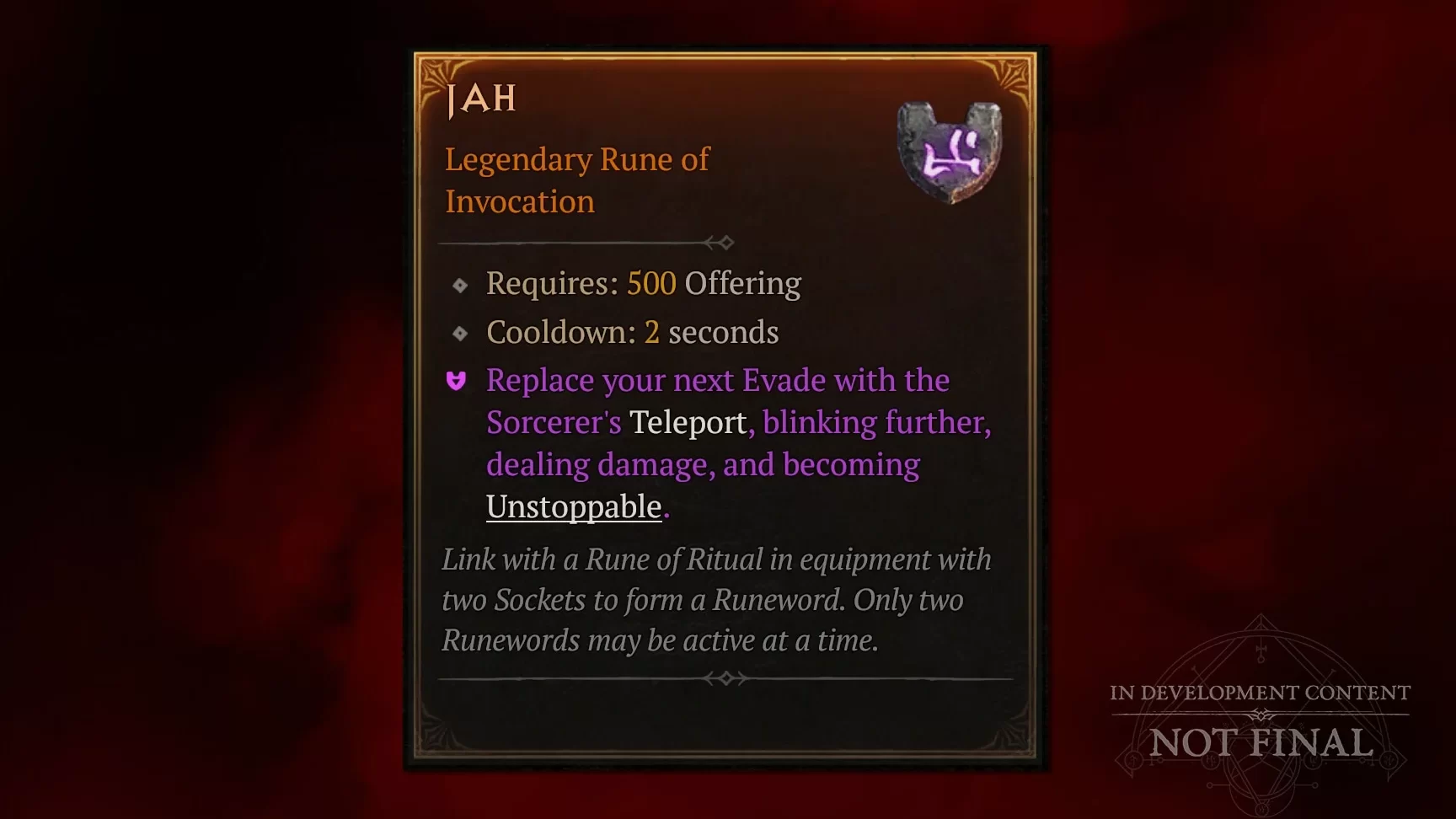
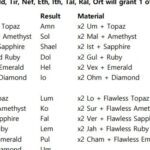

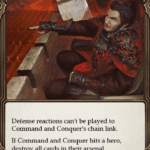















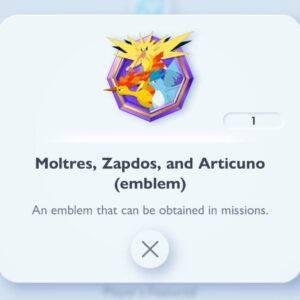





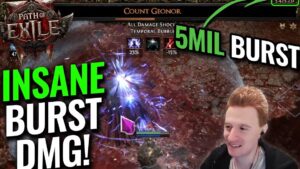


Post Comment